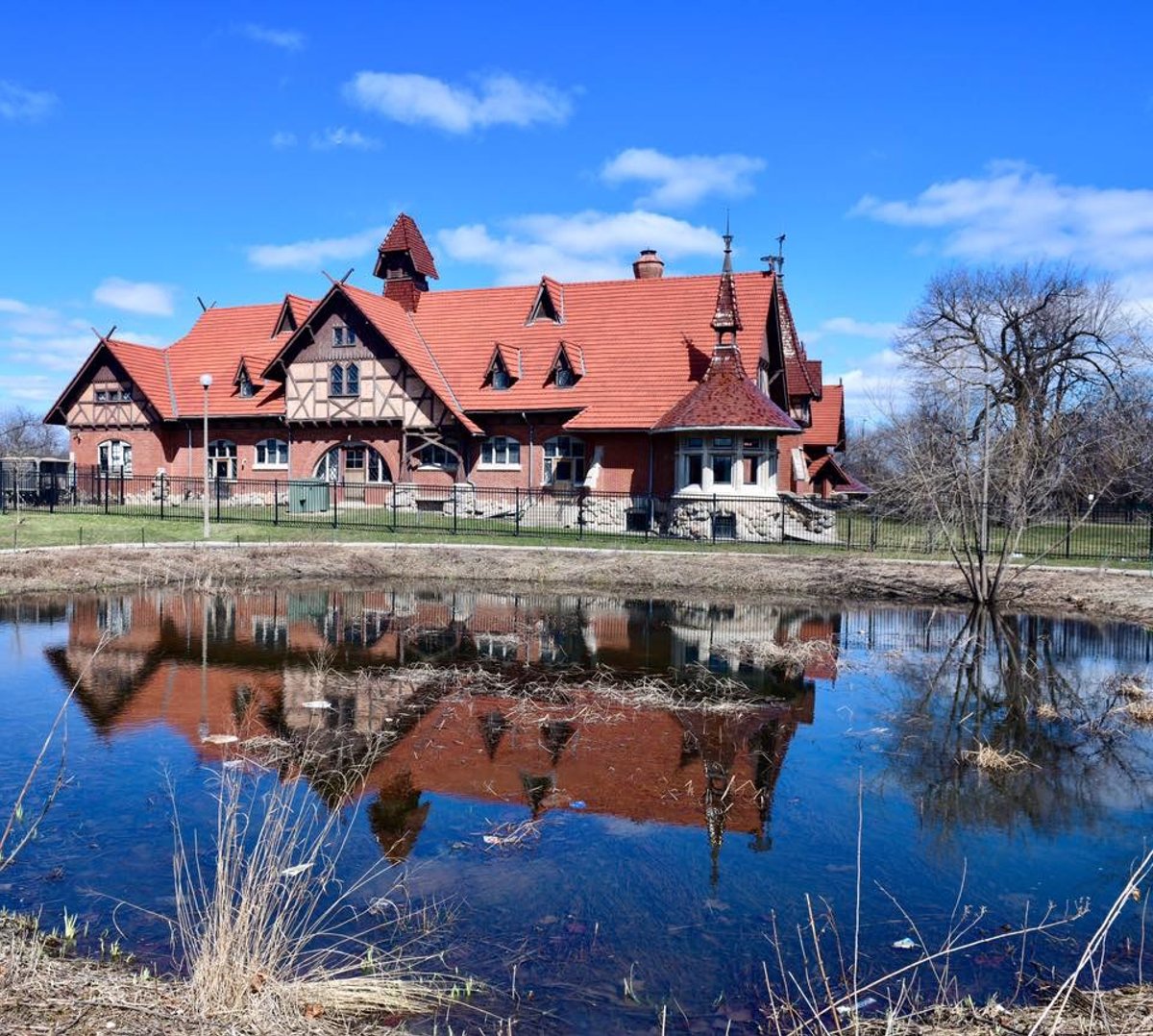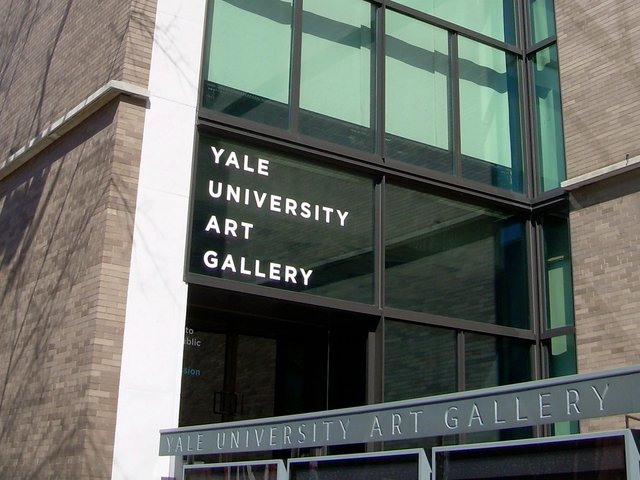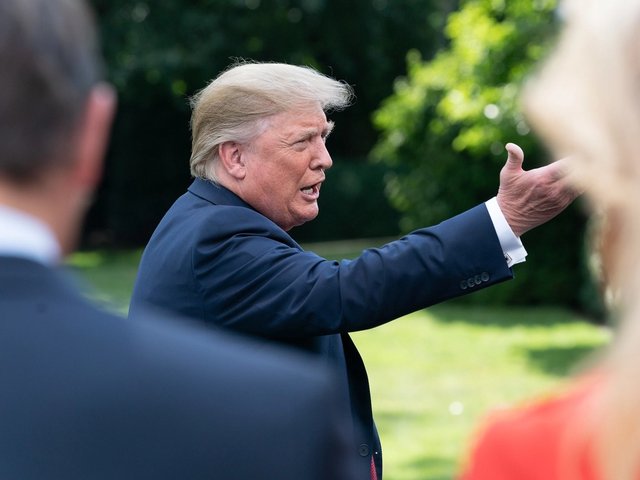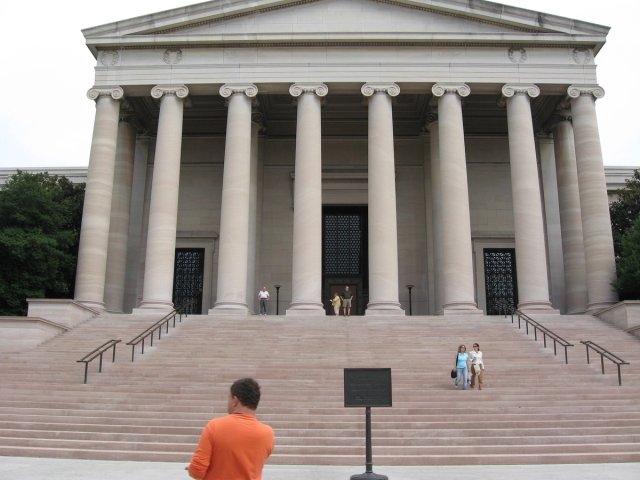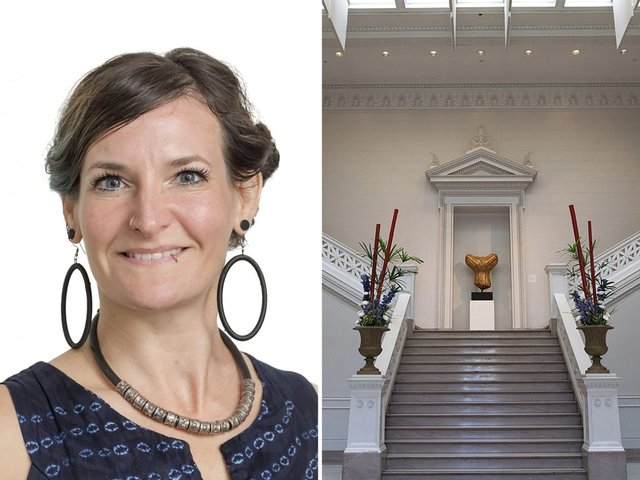On 8 July, federal immigration agents showed up unexpectedly at the National Museum of Puerto Rican Arts and Culture (NMPRAC) in Chicago’s Humboldt Park. According to the Chicago public-television station WTTW, local officials and community leaders described the action as “bullying and intimidation” targeting immigrant communities. (Although Puerto Rico is a US territory and its residents are US citizens, there has been a growing fear of the Trump administration’s lax attitude towards detaining people assumed to be illegal immigrants.)
Local news sources reported that more than a dozen Department of Homeland Security (DHS) vehicles arrived at the museum in the afternoon without prior notice or a valid warrant. They remained on the premises for approximately two hours.
Founded in 2000, NMPRAC is “the only self-standing museum in the nation devoted to showcasing Puerto Rican arts and cultural exhibitions year-round”, according to its website. It also holds an integral place in Chicago’s Puerto Rican community.
Surveillance footage later obtained by local news outlets showed multiple federal vehicles in the museum’s parking lot as agents entered the premises. While it is still not clear exactly why the agents were there, locals speculate that it had to do with the museum’s annual arts festival, which was scheduled for 12-13 July.
Tricia McLaughlin, the assistant secretary at DHS, denied claims that agents had specifically targeted the museum. “FALSE. The Department of Homeland Security DID NOT target the National Museum of Puerto Rican Arts & Culture,” McLaughlin wrote in a statement circulated to the media. “On July 8, HSI Chicago's Financial Crimes Task Force (FCTF) staged and held a quick briefing in the museum's parking lot in advance of an enforcement action related to a narcotics investigation.”
Despite federal officials denying that the museum was targeted, staff there remain on high alert given the broader social and political climate. The local community also remains skeptical. The day after the raid, elected officials gathered at the museum to express solidarity and reassure residents.
“What happened yesterday was an intentional scare tactic and has nothing to do with safety,” Anthony Quezada, a Chicago City Council member, told WTTW. “It was meant to send a message to our undocumented neighbours, to our cultural institutions and to our entire community that they are being watched and they are not safe.”
NMPRAC had planned to host its annual Barrio Arts Festival the following weekend, coinciding with Chicago’s Colombian Independence Day Celebration in Logan Square, just a couple miles to the north. Despite fears that these might prompt further federal presence, both events moved forward as scheduled without incident. “What they did was help to unite the Latino community,” Billy Ocasio, NMPRAC’s director, told ABC News. However, as a result of the heightened tensions, Humboldt Park’s All Involved Block Party was postponed.
The incident at NMPRAC has renewed concern about the visibility of cultural institutions serving immigrant communities, and the vulnerability they face in moments of increased federal scrutiny. While DHS maintains that the museum was not a target, what happened there that afternoon left a deep mark. For many, the message was clear: spaces built to celebrate culture and identity are not immune to surveillance.


